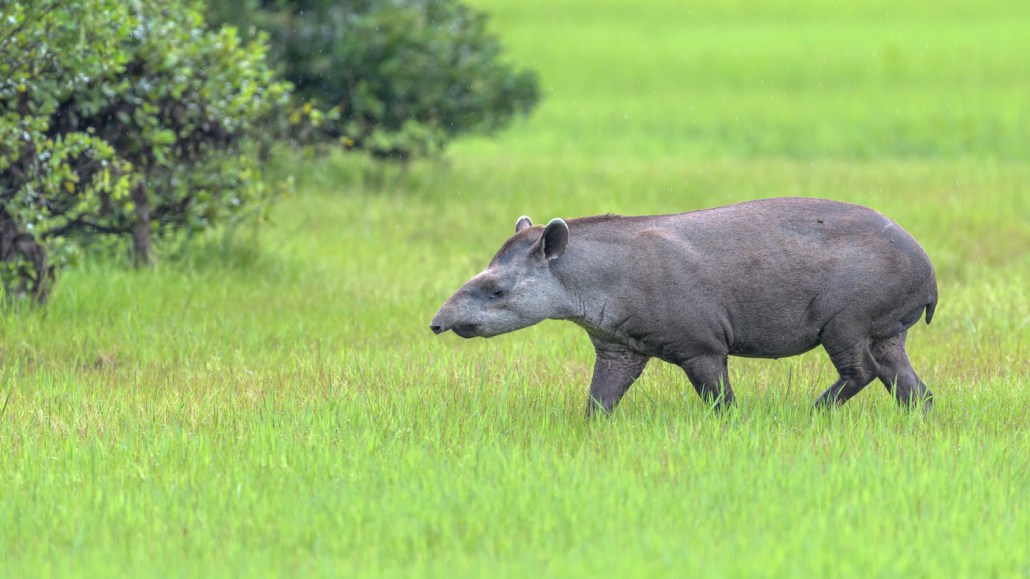
Scientists have compared the genetic instruction books of 240 mammalian species, including the South American tapir.
Marcos Amend

Scientists have compared the genetic instruction books of 240 mammalian species, including the South American tapir.
Marcos Amend